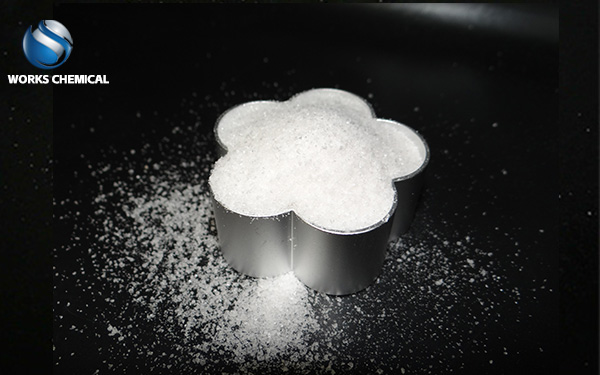
The problems of mud cake not forming and feed mud running may indeed be related to the selection of sludge conditioner. The selection of sludge conditioner is very important to the dewatering effect of sludge and the formability of mud cake. The following is a detailed analysis of the selection of sludge conditioner:

Type and characteristics of sludge conditioner
Sludge conditioner is mainly divided into inorganic conditioner and organic conditioner two categories.
Inorganic conditioner
Common types: iron salts (such as ferric chloride, ferric sulfate, etc.) and aluminum salts (such as aluminum sulfate, polyaluminum chloride, etc.).
Characteristics: large dosage, the formation of fine particles but high strength of the floc. It is more sensitive to the pH value of the sludge, and the dosage should be adjusted according to the properties of the sludge.
Organic conditioner
Common type: polyacrylamide series, including cationic, anionic and non-ionic type.
Characteristics: The dosage is small, the formation of large floc, easy to dehydrate. It has strong adaptability to sludge and can be flexibly selected according to the properties of sludge.
2. Problems caused by improper selection of sludge conditioner
Mud cake not formed
Reason: If the selected conditioner does not match the properties of the sludge, such as anionic polyacrylamide is selected for the sludge with high organic content, it may lead to the formation of loose floc structure, and it is not easy to form a tight mud cake.
Solution: According to the organic content of sludge, pH and other properties, choose the right type of conditioner. For sludge with high organic content, cationic polyacrylamide is preferred.
Feed mud
Reason: insufficient or excessive dosage of conditioner, as well as uneven mixing of conditioner and sludge, may cause the sludge to fail to form stable floc during dehydration, resulting in mud running phenomenon.
Solution: Precisely control the dosage of the conditioner to ensure that it is fully mixed with the sludge. At the same time, pay attention to the preparation concentration and dosing sequence of the conditioner to improve the conditioning effect.
Three, how to choose the right sludge conditioner
Understanding sludge properties
Conduct detailed property analysis of the sludge, including organic content, inorganic content, pH and so on.
Select the right conditioner type
Select the appropriate type of conditioner according to the sludge properties. For sludge with high organic content, cationic polyacrylamide is preferred. For inorganic sludge, anionic polyacrylamide can be considered.
Optimize the dosage of conditioner
Determine the optimal dosage of the conditioner through the test to ensure that it is neither excessive nor insufficient.
Attention to the preparation and dosing of conditioner
Ensure that the preparation concentration of the conditioner is appropriate and the dosage sequence is reasonable to improve the conditioning effect.
In summary, the problems of mud cake not forming and feed mud running may indeed be related to the selection of sludge conditioner. Therefore, when selecting a sludge conditioner, it is necessary to fully understand the properties of the sludge, select the appropriate type of conditioner, and precisely control the dosage to ensure the sludge dewatering effect and the formability of the mud cake.